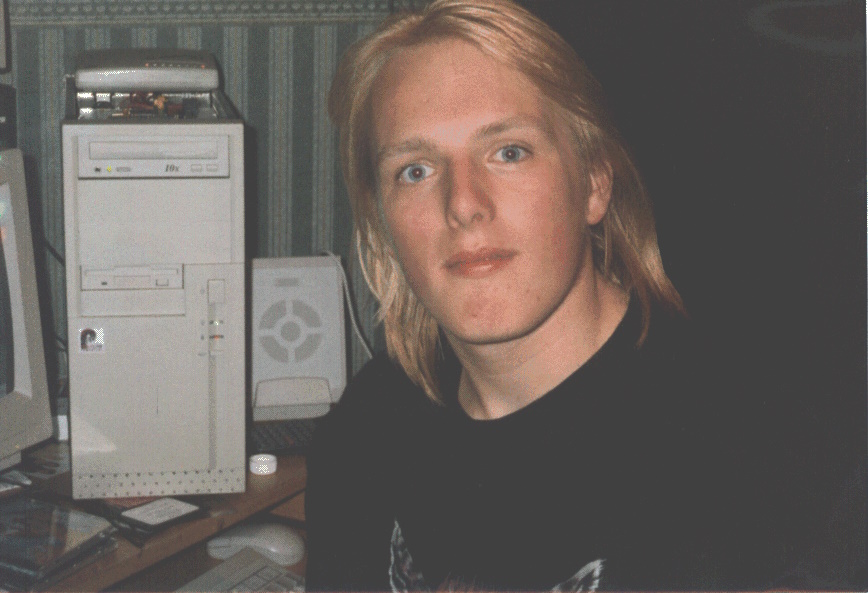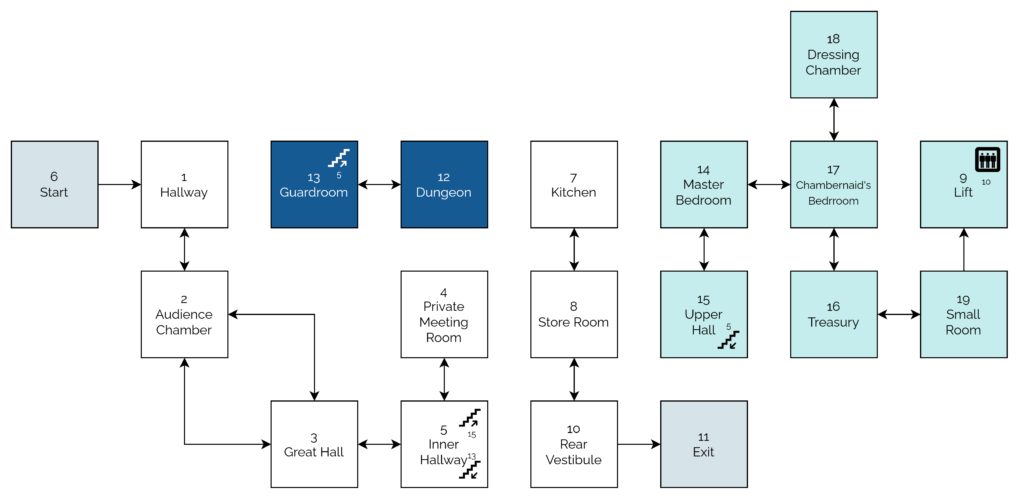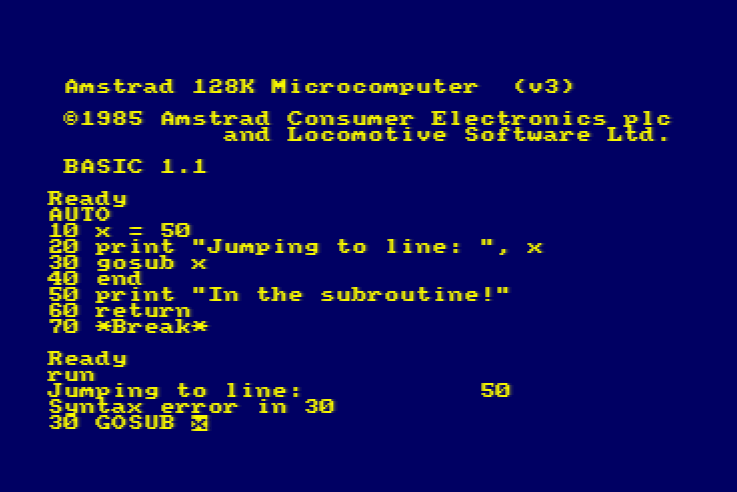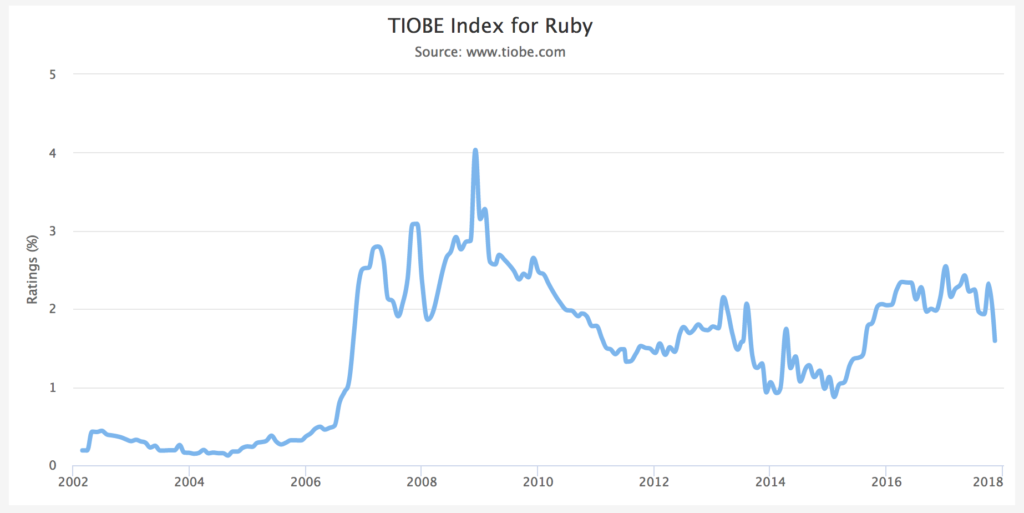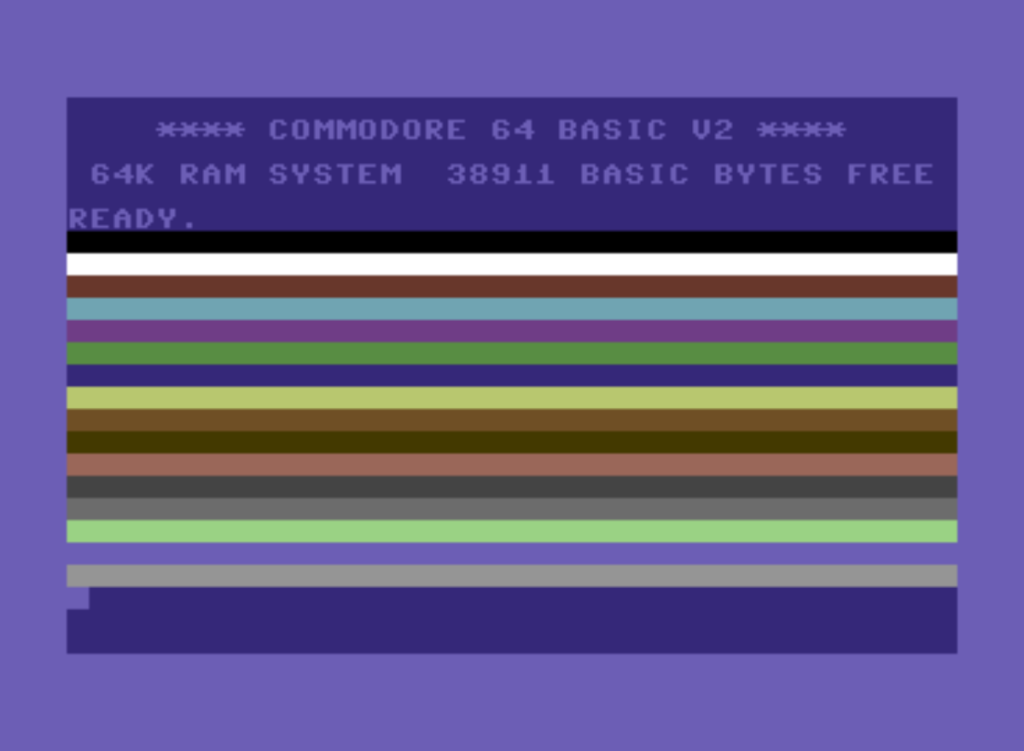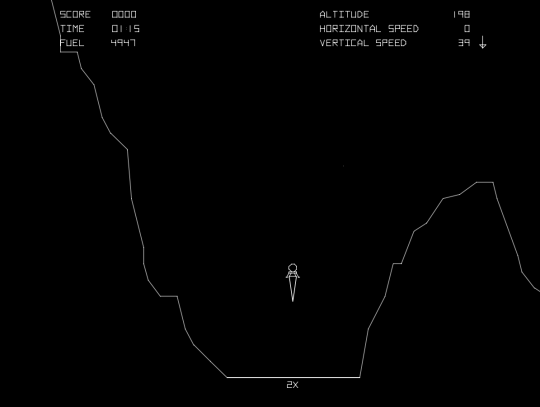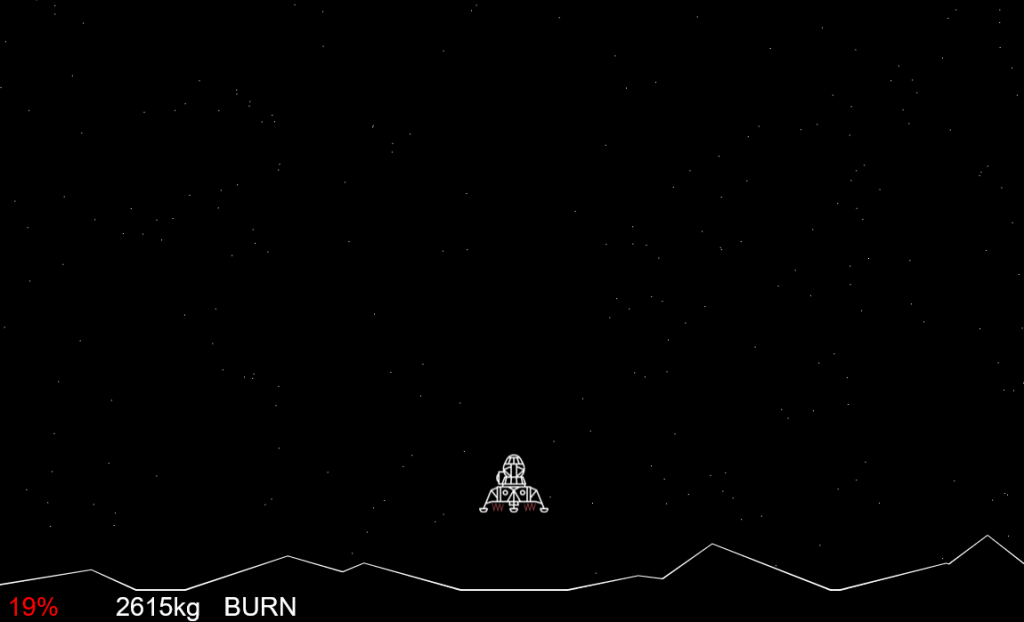Scroll art is a form of ASCII art where a program generates text output in a command line terminal. After the terminal window fills, it begins to scroll the text upwards and create an animated effect. These programs are simple, beautiful, and accessible as programming projects for beginners. The SAM is a online collection of several scroll art examples.
Here are some select pieces:
- Zig-zag, a simple periodic pattern in a dozen lines of code.
- Orbital Travels, sine waves intertwining.
- Toggler, a woven triangular pattern restricted to two characters.
- Proton Stream, a rapid, chaotic lightning pattern.
There are two limitations to most scroll art:
- Program output is limited to text (though this could include emoji and color.)
- Once printed, text cannot be erased. It can only scroll up.
But these restrictions compel creativity. The benefit of scroll art is that beginner programmers can create scroll art apps with a minimal amount of experience. Scroll art requires knowing only the programming concepts of print, looping, and random numbers. Every programming langauge has these features, so scroll art can be created in any programming language without additional steps. You don’t have to learn heavy abstract coding concepts or configure elaborate software libraries.
…
Okay, so: scroll art is ASCII art, except the magic comes from the fact that it’s very long and as your screen scrolls to show it, an animation effect becomes apparent. Does that make sense?
Here, let me hack up a basic example in… well, QBASIC, why not:
Anyway, The Scroll Art Museum has lots of them, and they’re much better than mine. I especially love the faux-parallax effect in Skulls and Hearts, created by a “background” repeating pattern being scrolled by a number of lines slightly off from its repeat frequency while a foreground pattern with a different repeat frequency flies by. Give it a look!
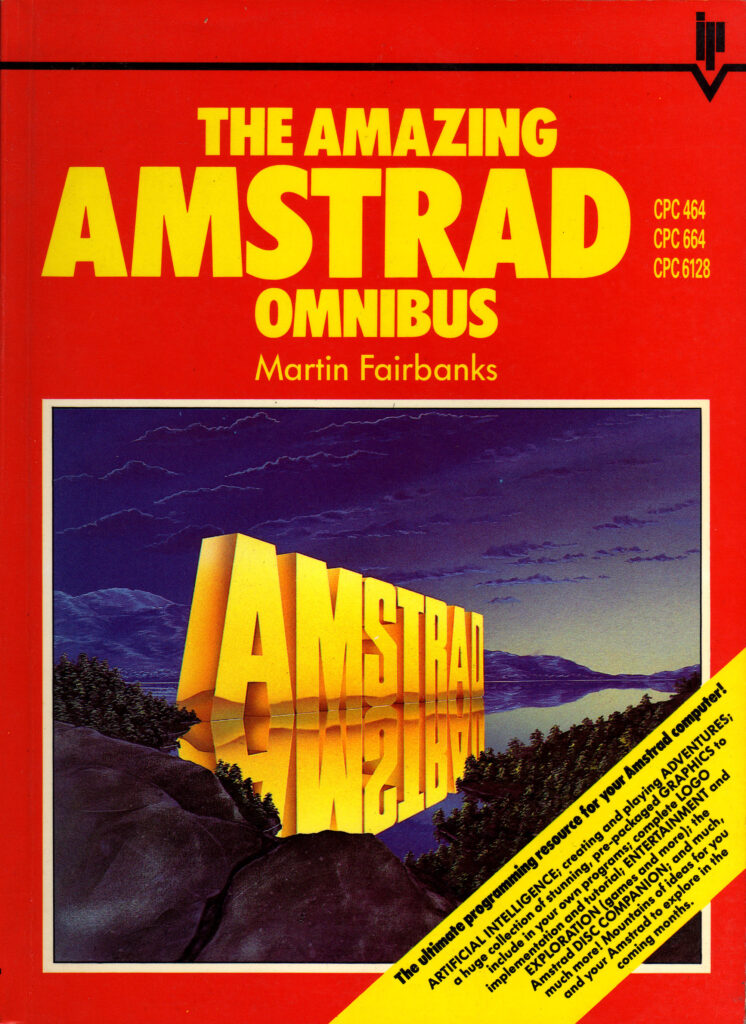
![Scan of a ring-bound page from a technical manual. The page describes the use of the "INPUT" command, saying "This command is used to let the computer know that it is expecting something to be typed in, for example, the answer to a question". The page goes on to provide a code example of a program which requests the user's age and then says "you look younger than [age] years old.", substituting in their age. The page then explains how it was the use of a variable that allowed this transaction to occur.](https://bcdn.danq.me/_q23u/2023/07/cpc664-manual-input-command.png)
